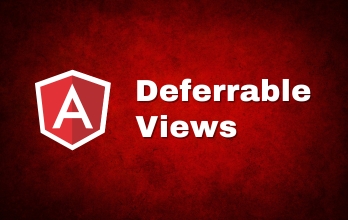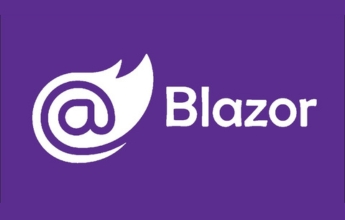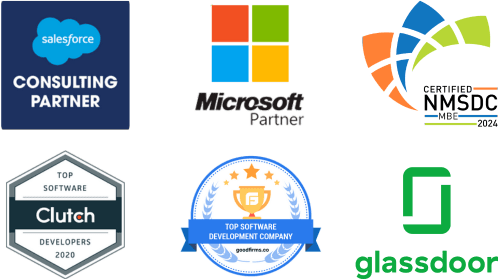Microsoft Teams are being embraced by several groups at Microsoft for collaborative work. It acts as a teamwork platform and puts together software, networking tools, and shared spaces that are already being used by communities. However, using teams is an adjustment which involves a shift in actions and style of work. We use a communication approach that stimulates excitement and builds awareness, raises champions who engage others and shares tools for learning teams in order to help people embrace teams. Here’s how Microsoft teams help coordinate better
- Digital transformation acceleration of teams: Teamwork is an essential aspect of the new workforce and a key element of Microsoft's facilitating digital transformation. Teams put instruments and methods of communication together and are a hub for teamwork. In its own road to digital transformation, Microsoft Core Services Engineering (CSE, formerly Microsoft IT) claims that teams have the ability to deliver a new, more effective way to function.
- Make adoption of change management happen: At Microsoft, at the corporate or executive level, the official decision to introduce a change in the workstyle is usually made. The catalyst for change, however, begins sooner, in reaction to our people or parts of our organization's evolving business needs. We have multiple groups that need to function in different ways, and the adoption of teams is precisely about adjusting to new workstyles.
- Making a more realistic reality of transition: Although we want each Microsoft employee to be encouraged to embrace teams in the way that best suits their work style, we also know that it allows our employees to see how teams can support them every day by recognizing the most common uses of collaboration tools. So, we send them a "a day in your digital life" snapshot. We have developed our team vision into the most popular tasks in the modern workplace.
- Setting up mechanisms for transition: We also understand the need for an organized, recorded process to help coordinate progress across our adoption team. We need to provide them with a common set of tools to use and allow them to scale up the initial change into company-wide adoption. To help us deliver well-managed transition from start to finish, we've embraced four pillars.
- Managing all the pieces in motion: All this knowledge and user reviews made it easier for the overall approach to the Microsoft transition to be effectively handled. The data showed the adoption team when and where they were (or were not) succeeding in key utilization measures, quality of training and efficacy of the program. The team will dig into the data and seek hints as to how they could change the method, message or channel to achieve the desired results when efforts did not have the desired effect. Where the desired outcomes were produced by their efforts, they could drill into the specifics to understand why those things worked.
Leave a Reply
Your details will not be published. Required fields are marked *



